Manual Yamato CD 12 L Drill-Driver
Need a manual for your Yamato CD 12 L Drill-Driver? Below you can view and download the PDF manual for free in English. This product currently has 3 frequently asked questions, 0 comments and has 0 votes. If this is not the manual you want, please contact us.
Is your product defective and the manual offers no solution? Go to a Repair Café for free repair services.
Manual
Loading…

Loading…
Rating
Let us know what you think about the Yamato CD 12 L Drill-Driver by leaving a product rating. Want to share your experiences with this product or ask a question? Please leave a comment at the bottom of the page.More about this manual
We understand that it’s nice to have a paper manual for your Yamato CD 12 L Drill-Driver. You can always download the manual from our website and print it yourself. If you would like to have an original manual, we recommend you contact Yamato. They might be able to provide an original manual. Are you looking for the manual of your Yamato CD 12 L Drill-Driver in a different language? Choose your preferred language on our homepage and search for the model number to see if we have it available.
Specifications
| Brand | Yamato |
| Model | CD 12 L |
| Category | Drill-Drivers |
| File type | |
| File size | 3.38 MB |
All manuals for Yamato Drill-Drivers
More manuals of Drill-Drivers
Frequently Asked Questions about Yamato CD 12 L Drill-Driver
Our support team searches for useful product information and answers to frequently asked questions. If you find an inaccuracy in our frequently asked questions, please let us know by using our contact form.
I keep stripping the screw head when using the drill-driver. Why is that? Verified
Most drill-drivers can be set to screw harder or softer. If the head keeps being stripped, the drill-driver should probably be put into a different setting. When it is a wireless device, always be sure the battery is charged for an optimal result.
This was helpful (73) Read moreDo I need to wear hearing protection when using a drill? Verified
Yes you should. Although the amount of noise produced by a drill can vary between brands and models, long term exposure to loud noise can cause permanent hearing damage. That is why it is a good idea to wear hearing protection.
This was helpful (23) Read moreCan I store power tools in a shed or garage? Verified
In general, you can store power tools in a shed or garage, even if it sometimes freezes there. However, it is better for the lifespan of the power tool to store it in a dry place without major temperature fluctuations. In a shed or garage, differences in temperature can cause condensation to form, which can cause rust. In addition, tools that run on batteries last shorter and do not charge as well at very low temperatures. To be sure how your power tool needs to be stored, always thoroughly read the user manual.
This was helpful (8) Read more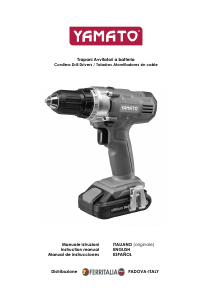


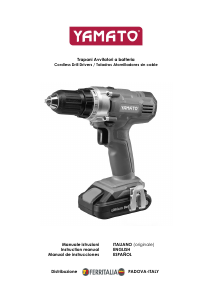
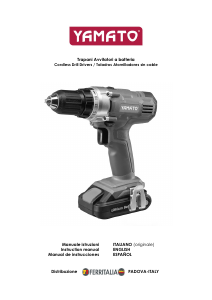
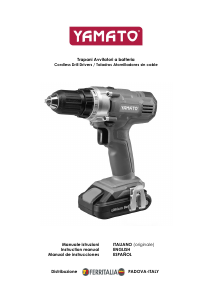
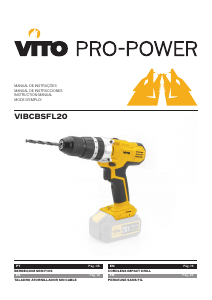
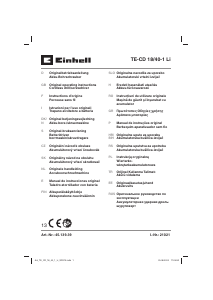
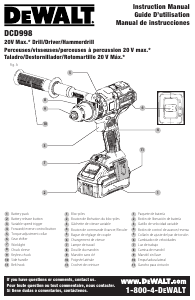
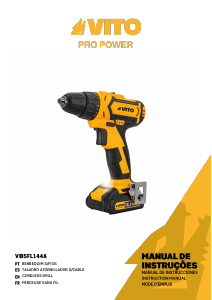
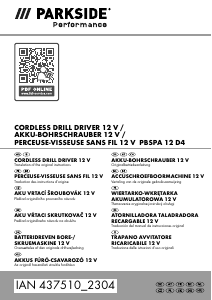
Join the conversation about this product
Here you can share what you think about the Yamato CD 12 L Drill-Driver. If you have a question, first carefully read the manual. Requesting a manual can be done by using our contact form.